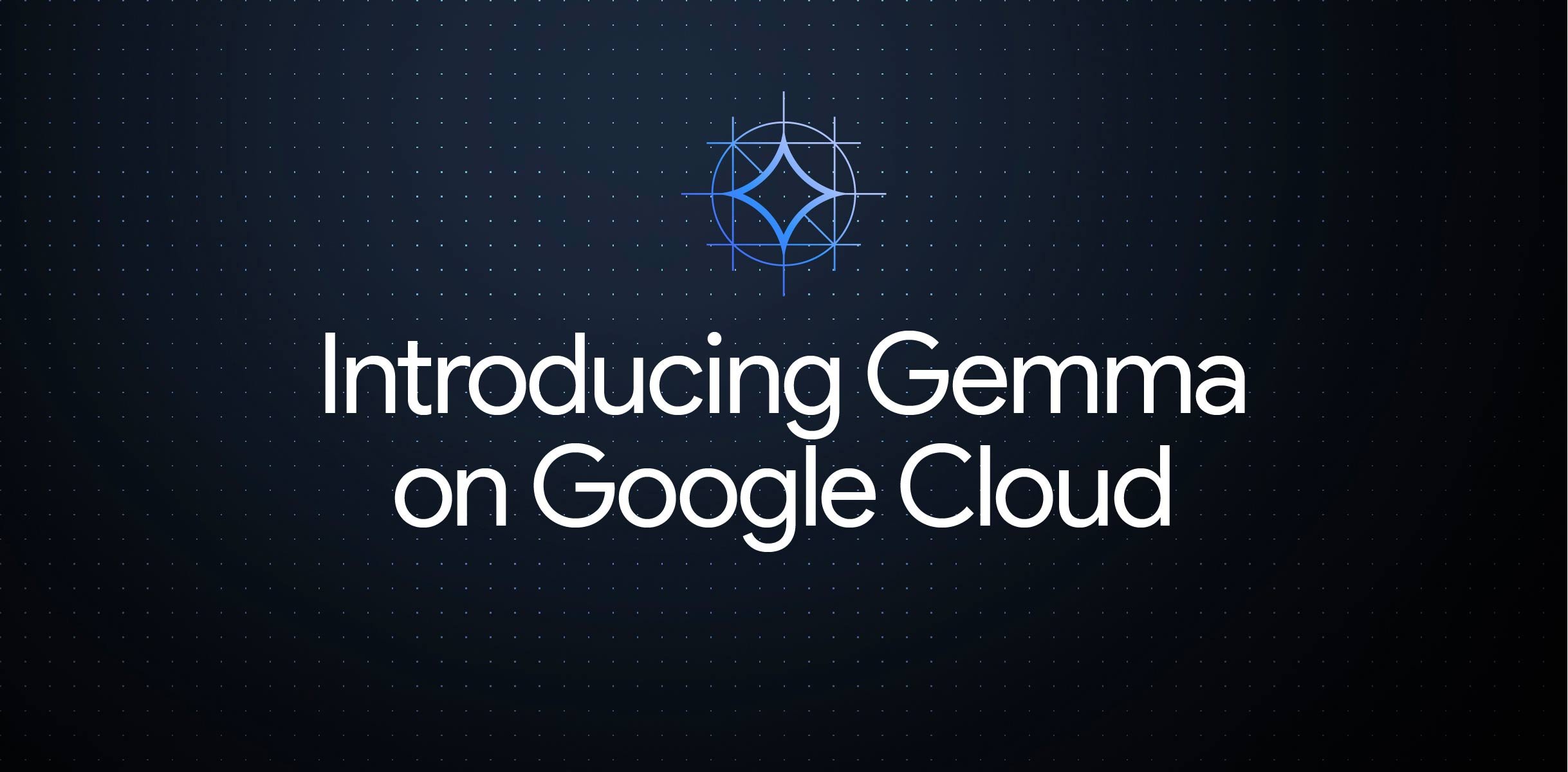Open-source AI
Level up your AI skills with open-source AI tools
Streamline development with pre-trained AI models, libraries, and modifiable tools under open-source licenses.
New customers get $300 in free credits to spend on AI products.
Overview
What are the benefits of open-source AI?
- Transparency: Inspecting the code allows for understanding how the AI model works, increasing trust, and helping identify potential biases.
- Customization: Models and code can be tailored for specific requirements, providing flexibility that closed-source solutions often don't offer.
- Collaboration: Fosters a collaborative environment where developers share ideas, contribute improvements, and accelerate innovation.
- Lower barrier to use: Many open-source AI tools are free to use, making it cheaper for experimentation and development.
"Open" vs. "Open Source" models
Open models feature free access to the model weights, but terms of use, redistribution, and variant ownership vary according to a model’s specific terms of use, which may not be based on an open-source license. For example, Google's Gemma models’ terms of use make them freely available for individual developers, researchers, and commercial users for access and redistribution. Users are also free to create and publish model variants. In using Gemma models, developers agree to avoid harmful uses, reflecting our commitment to developing AI responsibly while increasing access to this technology.
Examples of libraries/frameworks, datasets, and models (both open and open-source)
- Open Models: Gemma, Llama
- Open source Models: Stable Diffusion (image generation), GPT-NeoX, GPT-J (language models)
- Open source Libraries/Frameworks: TensorFlow, PyTorch, Scikit-learn, Hugging Face Transformers
- Open source Datasets: ImageNet, Common Crawl
How It Works
Open source AI leverages the power of community collaboration to contribute code, create powerful models, and even collect massive datasets. These resources are made freely available under open source licenses, enabling you to download, inspect, and adapt them to your specific needs. Open source libraries like TensorFlow and PyTorch provide the building blocks, while repositories like Hugging Face offer a collection of pre-trained models ready for use. Learn more about open source AI with Vertex AI.
Open source AI leverages the power of community collaboration to contribute code, create powerful models, and even collect massive datasets. These resources are made freely available under open source licenses, enabling you to download, inspect, and adapt them to your specific needs. Open source libraries like TensorFlow and PyTorch provide the building blocks, while repositories like Hugging Face offer a collection of pre-trained models ready for use. Learn more about open source AI with Vertex AI.
Common Uses
Learning and experimenting using open models
How-tos
Building generative AI apps for customized tasks
Access common generative AI use cases
To determine if generative AI is the optimal approach for your business goals or needs, you need to understand the common generative AI use cases. This understanding will help you to select the applicable use cases for the specific business requirements and priorities that you've identified.
How-tos
Access common generative AI use cases
To determine if generative AI is the optimal approach for your business goals or needs, you need to understand the common generative AI use cases. This understanding will help you to select the applicable use cases for the specific business requirements and priorities that you've identified.












